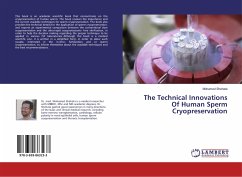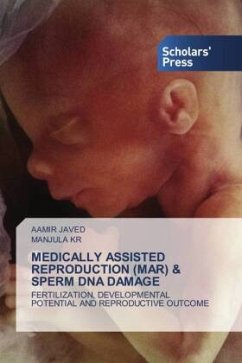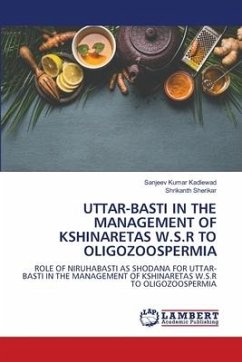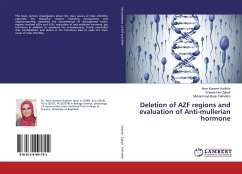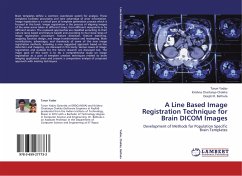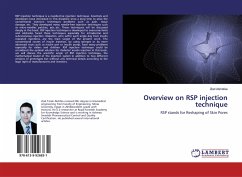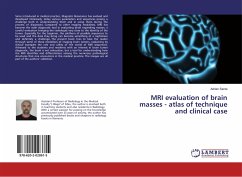
New technique for human sperm cryopreservation
using emptied sheep's ovarian follicles
Versandkostenfrei!
Versandfertig in 6-10 Tagen
41,99 €
inkl. MwSt.

PAYBACK Punkte
21 °P sammeln!
Human sperm cryopreservation is widely used in many assisted conception units to preserve male fertility. The conventional sperm cryopreservation techniques are not appropriate for samples obtained from severe oligozoospermic or obstructive azoospermic patients because the spermatozoa are diluted and lost during centrifugation. The aim of this study was to investigate the efficacy of emptied sheep's ovarian follicles as a container for the cryopreservation of human spermatozoa to preserve the presence of low concentrations of the cryopreserved spermatozoa post-thawing. The study was carried ou...
Human sperm cryopreservation is widely used in many assisted conception units to preserve male fertility. The conventional sperm cryopreservation techniques are not appropriate for samples obtained from severe oligozoospermic or obstructive azoospermic patients because the spermatozoa are diluted and lost during centrifugation. The aim of this study was to investigate the efficacy of emptied sheep's ovarian follicles as a container for the cryopreservation of human spermatozoa to preserve the presence of low concentrations of the cryopreserved spermatozoa post-thawing. The study was carried out at the Advanced Researches Laboratory Unit, Faculty of Medicine / Jabir Ibn Hayyan Medical University, Najaf- Iraq. Depends on the result of this study, it can be concluded that the emptied sheep's ovarian follicles are an appropriate carrier for the cryopreservation of human spermatozoa without cryoprotectants especially for oligozoospermic patients. Moreover, the best sperm survival ratein this technique was observed when using the glycerol- based cryosolution and exposed to LN2 vapor for 15 minutes.



